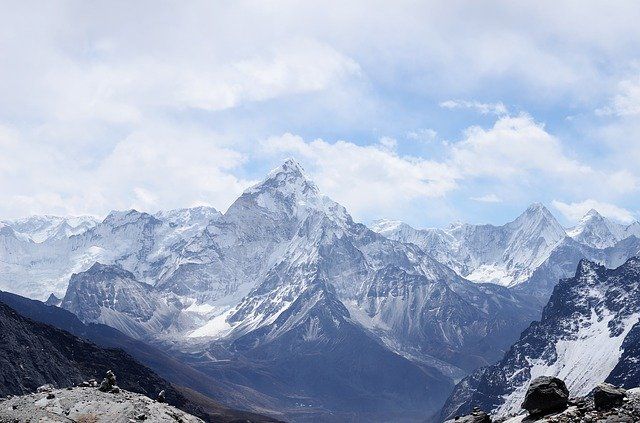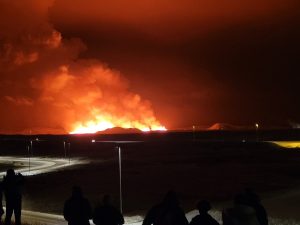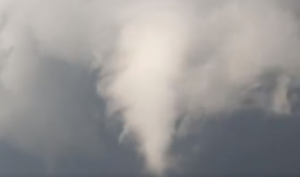An
avalanche prompted by the bursting of Nanda Devi glacier was reported in
Uttarakhand’s Chamoli district in Tapovan area on Sunday and caused massive
destruction of life and property.
The glacier breach resulted in the sudden rise in water levels in Dhauliganga river, causing heavy flooding in surrounding areas.
As many as 10 deaths have been reported while 150 people are feared dead with Rishi Ganga power project believed to be completely rampaged following the floods.
Also Read: Uttarakhand disaster: All you need to know about glacial bursts and avalanches
Here is all you need to know about the glacier that has brought such havoc to the state.
Where is Nanda Devi Glacier?
The Nanda Devi glacier is the second-highest mountain in the
country. In fact, the highest to be located completely within the Indian
territory.
The glacier is located in Chamoli district of Uttarakhand, between the
Rishiganga valley on the west and the Goriganga valley on the east.
How are Nanda Devi glacier and Ganges connected?
The
water melted of the Nanda Devi glacier goes on to form various river streams
which takes it to Rishiganga river first.
The
Rishiganga river then joins Dhauliganga river, the surged water level of which
is responsible for floods in Uttarakhand on Sunday.
Dhauliganga
river is what connects Nanda Devi glacier to river Ganga as the former is one
of the tributaries of the great ganges.
Was Nanda Devi glacier burst a Climate Change mishap?
According to climate experts, any glacier breach is an
extremely rare phenomenon and may be a result of ‘climate change events’
however to ascertain of the Uttrakhand disaster reported on Sunday was a
climate change accident, a deep analysis of weather reports is needed.
However,
another scientist, Anjal Prakash, who is the Research Director and Adjunct
Associate Professor at the Indian School of Business in Hyderabad, called the glacier
burst a prima facie incident of a climate change event, reported News18.







